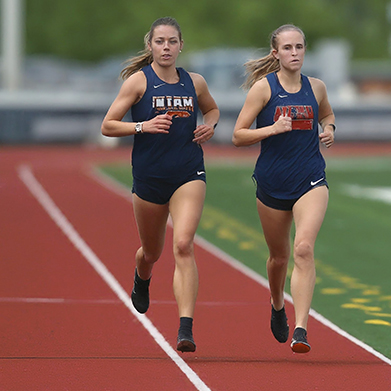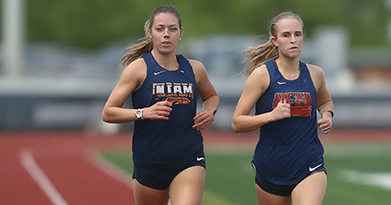
Whether you're pounding the pavement for marathons or exploring nature trails on weekend treks, finding the right running shoe is paramount to enjoying your journey and avoiding injuries. With mountains of options and an alphabet soup of technical terms, the task can feel daunting. Fear not, fellow runner! This comprehensive guide will equip you with the knowledge to choose a shoe that complements your feet, form, and terrain, propelling you towards peak performance and comfort.
Step 1: Know Your Feet (and Yourself)
Before diving into shoe features, understanding your unique needs is crucial.
- Gait analysis: Visit a specialized running store for a gait analysis. This evaluation, often involving cameras or pressure mats, reveals your foot's natural movement pattern (overpronation, neutral, supination). It helps determine if you need stability features to correct excessive inward rolling or neutral shoes for smooth strides.
- Foot type: Are you wide-footed? Do you have high arches? Recognizing your foot's shape guides you towards shoes with the appropriate width and arch support.
- Experience and goals: Are you a seasoned runner tackling ambitious distances? Or a beginner seeking comfortable jogs? Matching your level with the shoe's cushioning, responsiveness, and durability ensures a good fit.
- Terrain: Concrete jungles demand different features than rugged trails. Consider the surfaces you'll be conquering – road shoes prioritize responsiveness, while trail shoes offer grip and protection.
Step 2: Deciphering the Shoe Speak
Now, let's decode some key shoe lingo:
- Cushioning: The midsole foam's thickness and softness. Neutral shoes offer moderate cushioning, while maximalist shoes provide plush comfort for long runs. Trail shoes may have aggressive treads for traction on uneven terrain.
- Drop: The difference in height between the heel and forefoot. Zero-drop shoes mimic barefoot running, while higher drops offer more cushioning and stability. Choose based on your preference and comfort.
- Upper: The fabric enveloping your foot. Look for breathable, lightweight materials that conform snugly yet comfortably. Wide options cater to specific foot shapes.
- Outsole: The rubber gripping the ground. Road shoes have smooth outsoles for efficiency, while trail shoes have aggressive treads for traction on uneven terrain.
Step 3: The Fitting Dance
Trying on shoes is a crucial step, not a quick dance. Here's how to do it right:
- Go shopping later in the day: Feet swell throughout the day, so afternoon or evening shopping ensures a proper fit.
- Wear your running socks: Different sock thicknesses affect fit. Wear the socks you plan to run in.
- Leave no toe unturned: Wiggle your toes freely. There should be enough space for comfortable movement without excess room causing sloshing.
- Heel hug is key: The heel should feel secure with no slippage. Snugness, not tightness, is the goal.
- Walk and run (indoors!): Simulate your running movement to assess flex, support, and comfort. Listen to your feet!
Step 4: Beyond the Basics (Optional, but Beneficial!)
For more personalized choices, consider these factors:
- Stability features: Medial posts or firmer inner edges provide counterbalance for overpronation. Choose based on your gait analysis and personal preference.
- Weight: Lighter shoes offer a speedier feel, while heavier ones prioritize stability and cushioning. Balance weight with your needs and preferences.
- Brand loyalty: While some swear by specific brands, prioritize fit and function over brand names. Experiment and find what works best for you.
Step 5: Remember, It's a Journey, Not a Destination
Your feet and needs may change over time. Don't hesitate to re-evaluate your shoe choices as your mileage and goals evolve. Regularly replace your shoes (typically every 300-500 miles) to maintain optimal performance and prevent injuries.
Bonus Tip: Trust the experts! Specialty running stores often have knowledgeable staff who can guide you through the selection process and answer your questions.
With this knowledge in your stride, you're well on your way to finding the perfect running shoe – a trusty companion that supports your journey, mile after mile, towards a happy and healthy runner's life. Happy trails!


